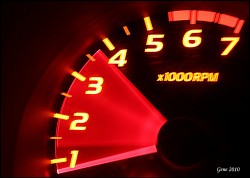 This is the first segment in our series on stall speeds. In order for our customer’s to make informed decisions, we feel that is important for them to know what they are shopping for. After reading this post, you should have a basic idea of what stall speeds are and how to select the right stall speed for your vehicle. By the end of the series, hopefully you will be a stall speed and torque converter guru!
This is the first segment in our series on stall speeds. In order for our customer’s to make informed decisions, we feel that is important for them to know what they are shopping for. After reading this post, you should have a basic idea of what stall speeds are and how to select the right stall speed for your vehicle. By the end of the series, hopefully you will be a stall speed and torque converter guru!
Stall speed and stall speed selection are terms that are frequently misused and misunderstood when shopping for a torque converter. Most of the time they are confused with other elements of a torque converter or not measured properly. Even seasoned car enthusiasts are guilty. However, there is no need to fear, the professionals atRevMax Performance Torque Converters are here to clarify.
What is Stall Speed?
Stall speed is the speed at which the converter holds back or limits the engine speed if the transmission output is prohibited. When your torque converter prevents the power transfer from your engine to your transmission, it increases the engine’s RPM stalls. For example, when you press down on your gas pedal, the stall speed is the gap between where your vehicle ideals and begins to move. The more stall speed you have, the more pressure you have to put on the gas pedal before your car begins to move.
Why is Torque Converter Stall Speed Important?
High performance torque converters, like to ones sold at RevMax Performance Torque Converters, can do a lot for your vehicle when the proper stall speed is selected. For racing, the proper stall speed will increase your launch and get you off the line quicker. In towing, the proper stall speed will help your engine pass more power to your transmission, causing your tow capacity to increase.
How To Choose the Right Stall Speed
When you are selecting the right stall speed for your vehicle, be sure to match the engine’s peak torque, torque curve and vehicle weight.
- Peak Torque – The maximum torque your engine can exert at a certain RPM.
- Torque Curve – The place where the engine has the maximum amount of power at a certain RPM.
- Vehicle Weight – The weight of your vehicle has a big impact on the measurement, and don’t forget to factor in aftermarket modifications.
If you don’t know these exact specifications, we recommend giving a conservative estimate. If you over estimate, your stall speed will be lower than intended, which will reduce your torque converter’s performance. If you are unsure about these modifications, the experts at RevMax Performance Torque Converters can help.
In general, the desired stall speed should be 500-700 RPM below the engine RPM at peak torque. This ensures a margin for application for the torque converter to take off. You don’t want to have to floor your gas pedal and wait a few seconds for your vehicle to move. Think of it as a balancing act.
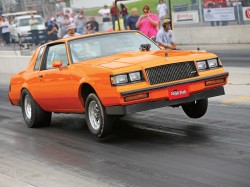 When shopping for a torque converter and determining which stall speed is best suited for you, we suggest you ask us. Our torque converter experts are standing by to help you select best suited stall speed, torque converter combination for your vehicle.
When shopping for a torque converter and determining which stall speed is best suited for you, we suggest you ask us. Our torque converter experts are standing by to help you select best suited stall speed, torque converter combination for your vehicle.
For more information about stall speeds and for more knowledge to get your gears reaving, stay tuned for our next installment!
To learn more about RevMax Performance Torque Converters, please visit our online store. We look forward to equipping your vehicle with the right torque converter stall speed and boosting your performance to an all new level!

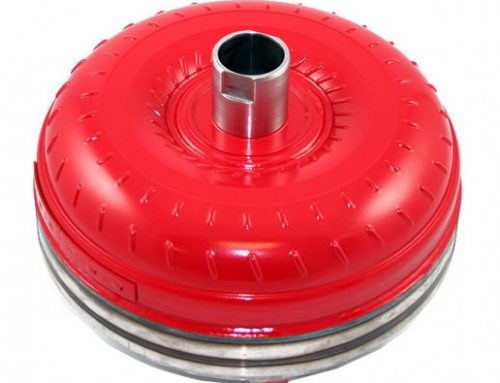
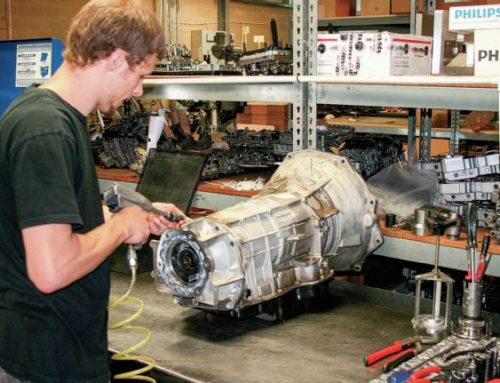
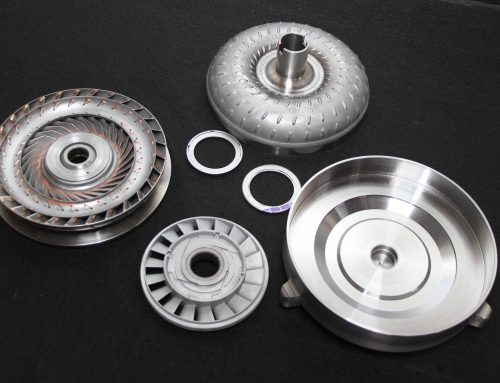
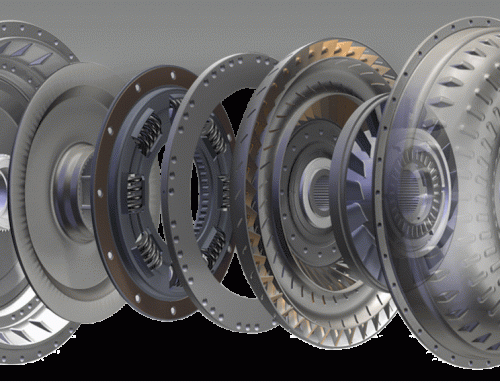

Will more torque raise or lower the stall speed?
More torque will increase the stall speed. As will more weight.
The same torque converter may stall at 4000 RPM in a light car with low torque and may even slip the whole way up the track in a heavy car with high torque.
I have chevy C10 with a stock bbc 454 with a stock TH400 transmission , I need to now with stall speed i need for a new torque converter,
Regards, Dudley Every